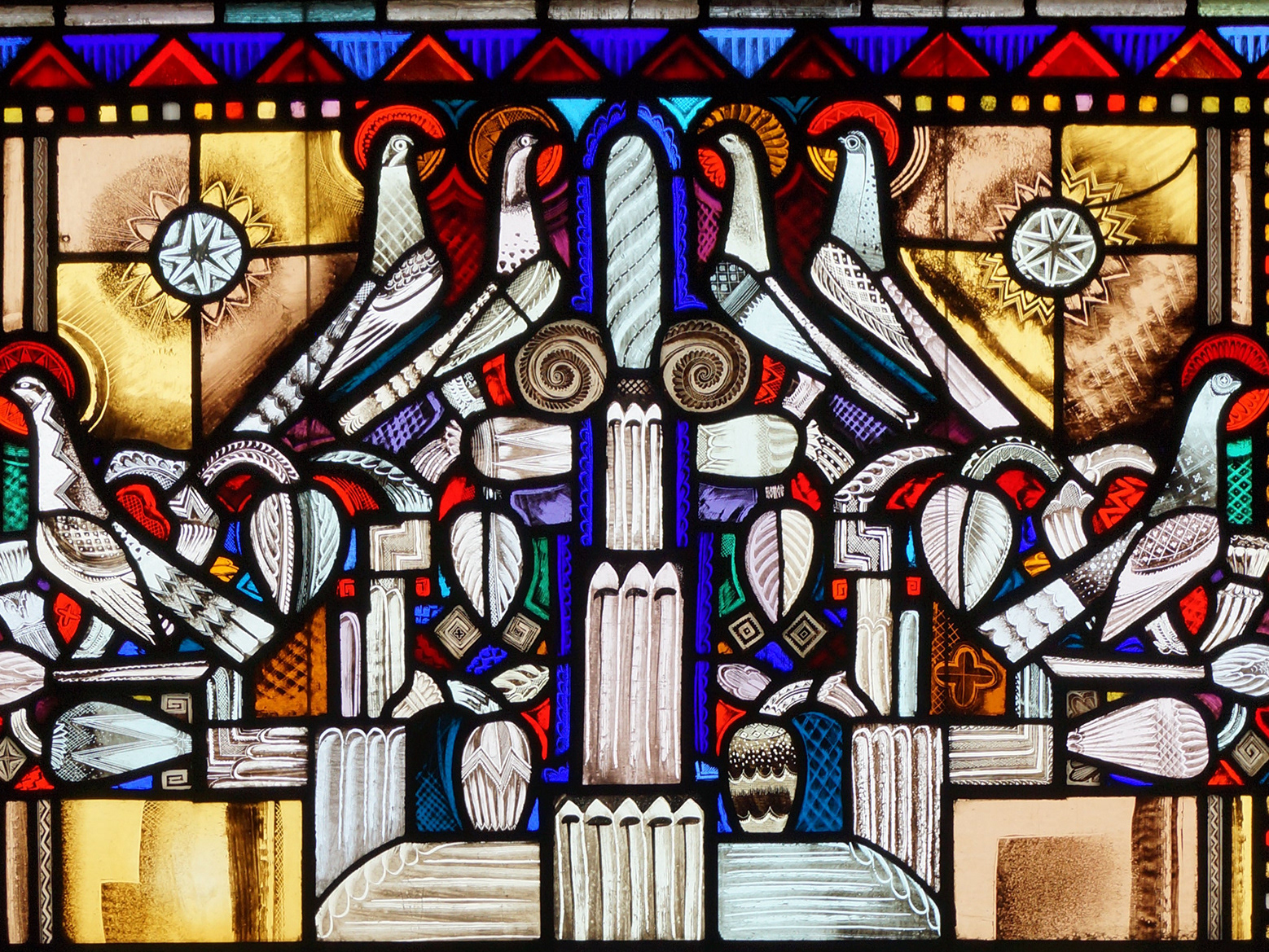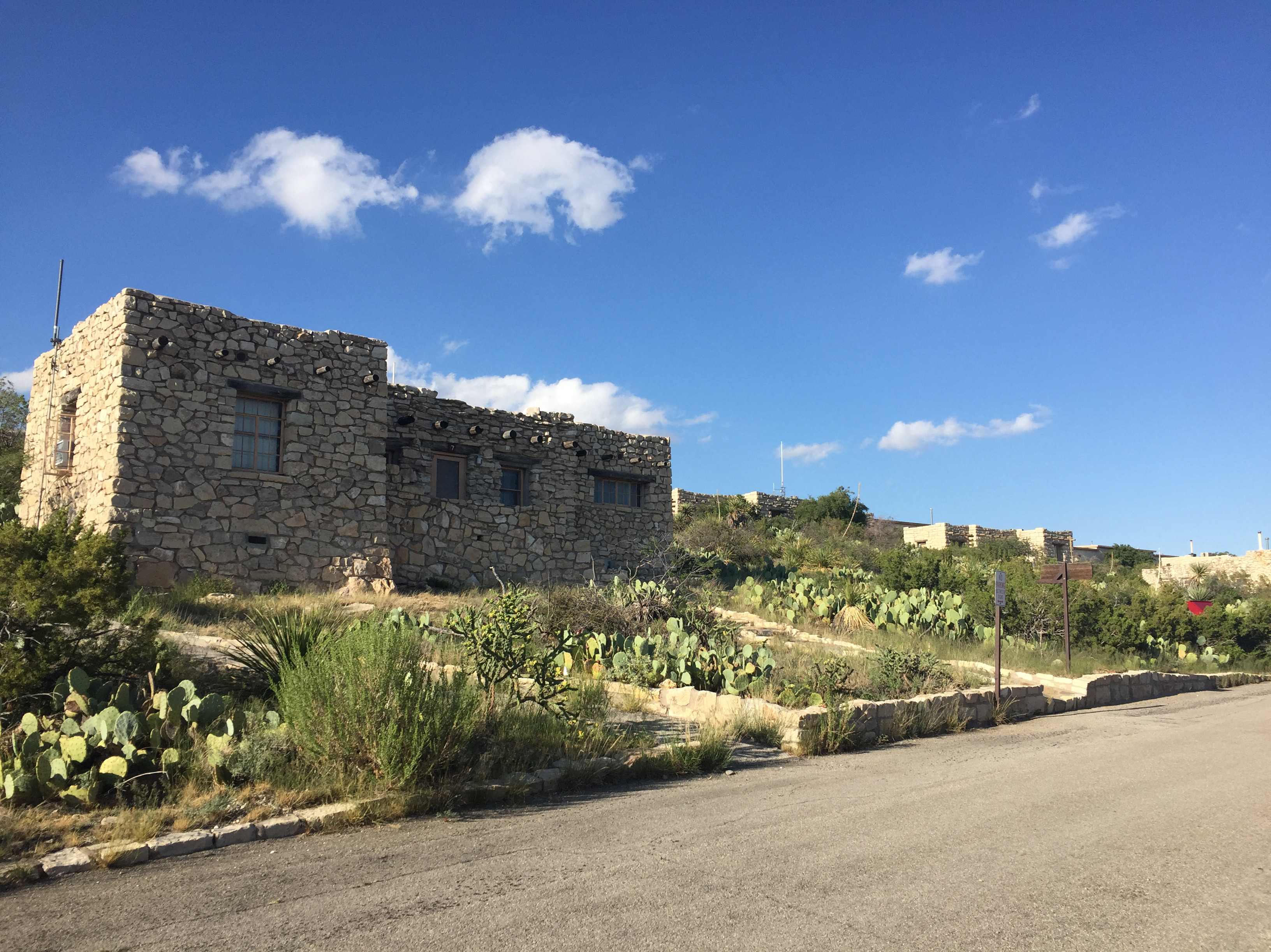BACKGROUND: Louis Comfort Tiffany was born on Feb. 18th, 1848 in NYC . Working during a time of Gothic Revival, Tiffany sought to reproduce the quality and techniques of medieval stained glass in his pieces. As illustrated in this piece, the artist used characteristics inherent in the glass to achieve visual effects, with the use of paint limited to the figures' hands, feet and faces. Strategic placement and layering of different types of art glass allowed Tiffany to achieve rich depth and tonality. Additionally, the variety of leaf thickness in single matrix lines suggests that a majority of the lead was hand produced and shaved to achieve a specific appearance. This evidence of the artist's hand is an important aspect of the object's significance.
Christ Episcopal Church is located on 965 Forest Avenue in Glendale, Ohio. Construction of the building began in 1868 and the church was consecrated in 1872. The building is listed as a contributing structure in the Glendale Historic District.
The "Annunciation" window was commissioned by the Hodges family as a memorial window for their daughter, Antoinette Hodges, in 1902. The window is made up of two panels with horizontal round bars attached via copper tie wires for reinforcement, plus a memorial plate. Each panel is composed of layered glass with areas of copper foiled foliage, typical of Tiffany windows. The layers were achieved using both plates and tiered glass techniques, with a maximum of five layers in several areas. Types of glass used include streaky, opalescent and colorless with multiple textures present including rolled, drapery, and feather.






